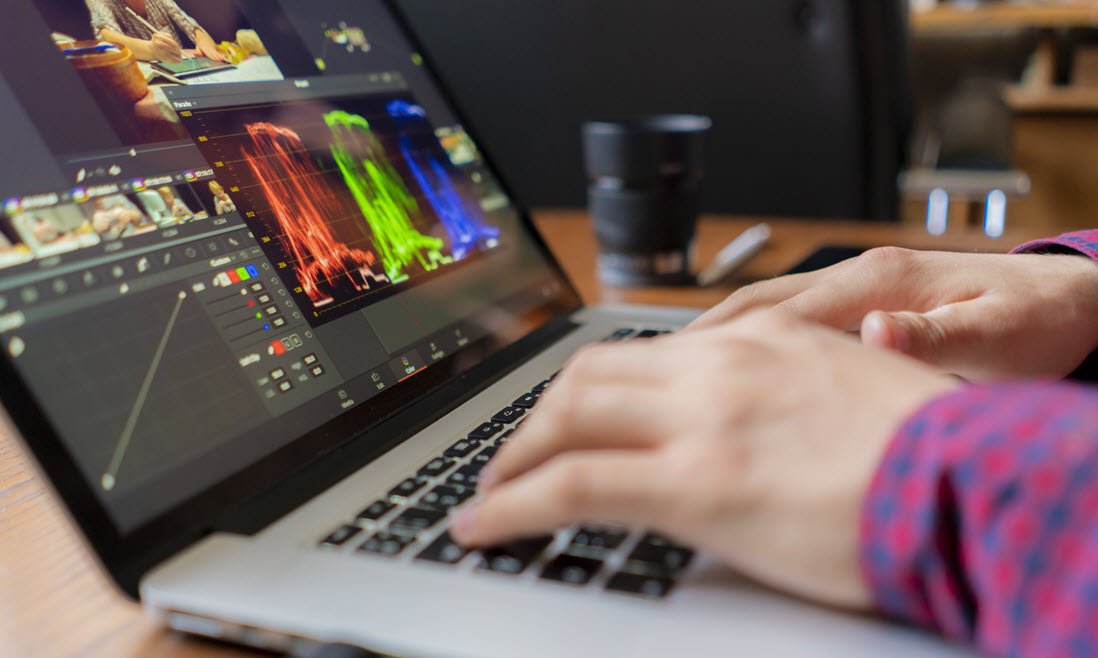
CGI and Animation: Then & Now
CGI and animation have come a long way since the crude early days of film. Once relegated to children’s movies and the occasional sci-fi blockbuster, animation, and CGI now dominate screens both big and small, transporting us to impossible worlds and bringing the fantastical to life. How did we get here from the hand-drawn cartoons of the early 20th century? It’s been a wild ride of technological innovation, creative vision, and a desire to push the boundaries of visual storytelling. In this article, we’ll explore the key milestones in animation and CGI that have shaped movies and television, from the first experiments in motion pictures to the cutting edge of virtual production redefining what’s possible today. The possibilities seem endless, with animators and CGI artists crafting ever more immersive experiences and emotive digital characters. The future of film and TV is animated – let’s see how we got here.
The History of Animation: From Hand-Drawn to CGI and Animation
The earliest animations were hand-drawn, painstakingly created frame by frame. In the early 1900s, animators like Winsor McCay (Gertie the Dinosaur) and Walt Disney (Steamboat Willie) pioneered animation techniques still used today.
The Golden Age
In the 1930s-1950s, Disney dominated with full-length features like Snow White and Bambi. Animators drew characters on translucent cells, which were laid over backgrounds and filmed frame by frame. This “cel animation” allowed more detailed characters and movement.
Rise of Anime
In the 1960s, Japanese animators pioneered limited animation, relying more on camera tricks and fewer drawings. Anime like Astro Boy spread internationally, popularising the style.
The Shift to CGI
In the 90s, computer-generated imagery (CGI) revolutionized animation. Toy Story stunned audiences in 1995 as the first fully CGI film. CGI animation is created using 3D modeling software and is more realistic, detailed, and flexible than hand-drawn animation.
Blockbusters like Shrek, Frozen, and Minions showed CGI’s potential. Yet hand-drawn styles persist, with films like The Princess and the Frog combining CGI and traditional animation.
Animation has come a long way thanks to innovators fusing artistry and technology. What began as a novelty has evolved into a medium for telling deeply moving stories that inspire wonder in all ages. The future of animation looks bright, with virtual and augmented reality hinting at even more immersive experiences to come.
![]()
Groundbreaking CGI and Animation in Movies: Jurassic Park, Avatar, the Jungle Book and More
Groundbreaking CGI in movies has allowed filmmakers to bring entire worlds and creatures to life like never before. In 1993, Jurassic Park ushered in a new era of CGI dinosaurs that looked incredibly realistic. The CGI was blended seamlessly with animatronics and puppets, creating a magical experience for audiences.
Avatar in 2009 showcased advanced motion capture technology and CGI that transported viewers to the alien moon Pandora. James Cameron’s team developed new techniques to create the Na’vi characters and bioluminescent jungle. The film revolutionized 3D and CGI in cinema.
The Jungle Book in 2016 used CGI to recreate the jungle and talking animals in a live-action adaptation. The hyper-realistic animals were a visual marvel and critical to the film’s success. Director Jon Favreau wanted to push the boundaries of what was possible in CGI and animation.
Today, entire films are made using CGI and motion capture, from The Planet of the Apes trilogy to Marvel blockbusters like Avengers: Endgame. Animation and CGI have become essential storytelling tools in film and television. They transport us to fantastical worlds, bring mythical creatures to life, and push the limits of creativity. The future of animation and CGI in movies and TV is an exciting prospect if the past few decades are any indication. Who knows what visual wonders are yet to come?

How CGI and Animation Has Transformed Storytelling in Animated Films and TV Shows
CGI (computer-generated imagery) has revolutionized storytelling in animated films and TV shows. Once limited to stiff, cartoonish characters, CGI now allows for stunningly realistic animation that brings stories and characters to life like never before.
Richer Visuals
CGI has enabled animators to create incredibly detailed and textured 3D worlds, characters, and effects. From the lush jungles of Avatar to the bustling sea life in Finding Nemo, CGI transforms animations into vivid, immersive experiences. Animated films and shows can now depict visuals that were previously only possible in live-action.
More Complex Stories
With advanced CGI, animators have far more creative freedom. They can craft complex stories and characters without being limited by tedious traditional animation techniques. Pixar’s Inside Out is a prime example, using imaginative CGI to bring abstract concepts like emotions and memories to the screen. TV shows like Love, Death & Robots use CGI to tell unique science fiction stories in each episode.
Blurring the Lines
CGI has become so sophisticated that the lines between live-action and animation are blurring. Many blockbusters like The Jungle Book and Alita: Battle Angel use CGI and motion capture to transform human actors into animated characters in hyper-realistic settings. On the small screen, shows like The Mandalorian employed virtual sets and CGI characters that made scenes nearly indistinguishable from live-action.
In just a few decades, CGI has fundamentally reshaped animation and unlocked new creative possibilities in visual storytelling. While traditional animation will always have its place, CGI has proven itself to be a transformative tool for crafting moving, imaginative tales and transporting audiences to new worlds. The future of animation has never looked brighter.
Conclusion
So there you have an overview of how animation and CGI have revolutionized visual storytelling. What started as a novelty has become an art form and a powerful means of expression. The possibilities seem endless as technology and creative talents continue to push the boundaries of the imaginable. Who knows what the next big leap forward will bring? One thing is for sure though, animation and CGI are here to stay and will only get better, more lifelike, and more emotionally resonant. The future of movies and TV looks bright, colorful, and downright magical thanks to the incredible evolution of animation and CGI. Sit back, grab your popcorn, and enjoy the show. The golden age of animation is now















